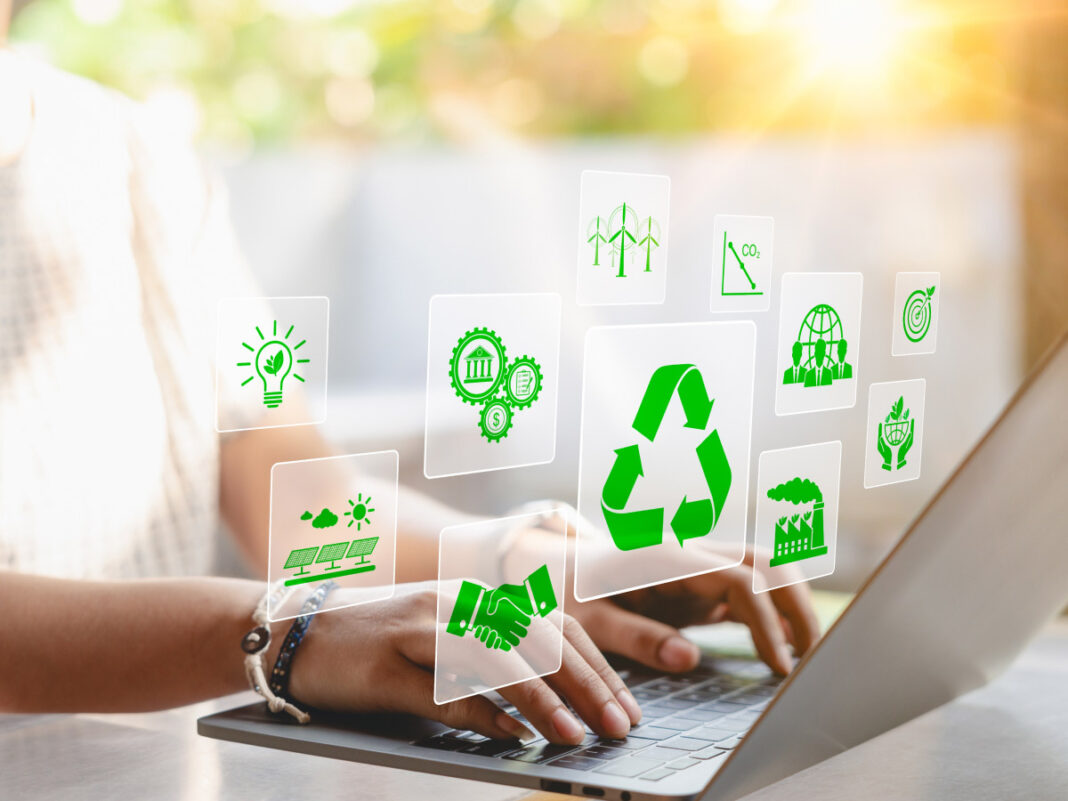In recent years, businesses around the globe have begun to recognize that sustainability is not just a moral imperative but a lucrative opportunity. Companies are increasingly integrating environmental and social responsibility into their core strategies, discovering that doing so can lead to substantial profits while safeguarding the planet for future generations.
The traditional view that sustainability and profitability are mutually exclusive is rapidly becoming obsolete. A growing body of research and real-world examples demonstrates that organizations embracing sustainable practices are experiencing superior revenue growth, innovation, and long-term success. According to a Boston Consulting Group study, 90% of executives prioritize sustainability, despite seven out of ten companies anticipating negative impacts from environmental pricing. This shift highlights the evolving understanding that sustainable business practices can drive profitability.
The Triple Bottom Line: People, Planet, Profit
The Triple Bottom Line (TBL) framework emphasizes that companies should focus not only on profit but also on the social and environmental impacts of their operations. This approach broadens traditional financial metrics by incorporating social and environmental responsibility into evaluating business success, aiming to balance economic prosperity with societal wellness and ecological responsibility.
- People: This aspect focuses on the well-being of the workforce, suppliers, and the community. Companies are fostering positive relationships, humane working conditions, fair wages, and community engagement. For example, 3M partners with United Way to promote STEM education globally, benefiting the community while ensuring a future workforce of skilled scientists and innovators.
- Planet: Environmental stewardship is becoming a cornerstone of corporate strategy. Companies are reducing their ecological footprints by conserving resources, reducing waste and pollution, and investing in sustainable energy practices. Apple powers over 90% of its operations with renewable energy and builds LEED-certified data centers, influencing other companies like Google and Facebook to follow suit.
- Profit: Businesses are discovering that profitability can align with social and environmental goals, ensuring long-term value creation while meeting stakeholder expectations. IKEA achieves profitability while supporting sustainability by recycling materials into new products, saving $1 million annually, and working towards its zero waste goal.
Consumer Demand Driving Sustainable Practices
The rise of the conscientious consumer is compelling businesses to adopt sustainable practices. A PwC survey revealed that 80% of customers are willing to spend more on sustainable goods. This trend underscores the growing market for products and services prioritizing environmental responsibility.
Furthermore, a Bain & Company report indicates that 64% of consumers are concerned about environmental responsibility and are willing to pay more for sustainable products. Businesses that adopt the Triple Bottom Line gain an edge in an increasingly conscientious market where consumers actively value sustainability.
Profitability through Sustainability
Sustainability initiatives are proving to be financially rewarding. Companies that integrate green practices are finding that they can reduce operational costs, attract new customers, and enhance brand loyalty. For instance, waste reduction, energy efficiency measures, and water conservation can help companies save significantly.
According to research from the Green Business Bureau, businesses benefit from reduced costs due to energy efficiency, higher customer loyalty from eco-conscious branding, and a stronger appeal to innovative talent. Additionally, sustainable practices reduce waste, cut emissions-related costs, and improve overall profitability in the long term.
Innovations and Green Business Models
Innovation plays a critical role in the rise of sustainable business. Businesses are developing new products and services that meet environmental standards while appealing to eco-conscious consumers. Examples include zero-waste systems, digital carbon tracking tools, modular product designs, and circular economy approaches.
Modern green strategies are transforming industries. For instance, Unilever has developed sustainable deodorant and concentrated laundry solutions, while other companies are embracing recyclable materials, take-back programs, and rentals to reduce environmental impact.
Moreover, tech companies are creating AI-driven solutions such as smart energy grids and predictive waste management, helping businesses reduce inefficiencies, lower costs, and make sustainability profitable.
Challenges and the Path Forward
While the benefits are significant, transitioning to sustainable practices does present challenges. Small and medium-sized businesses may face higher initial costs when adopting eco-friendly technologies or meeting regulatory requirements. However, with strategic planning, businesses can overcome these hurdles and reap the long-term benefits of sustainability.
Businesses must focus on the affordability and accessibility of sustainable products and solutions, ensuring that sustainability is not perceived as a luxury but as an integral part of everyday life.
Conclusion
The rise of sustainable business signifies a transformative shift in how companies operate and define success. By incorporating sustainability into their strategies, businesses are not only protecting the planet but also unlocking new avenues for profitability and growth.


